Animal communication: experience report by participant Manuela Gehrig - I had a deja vu, I've known the language of animal communicators all my life.
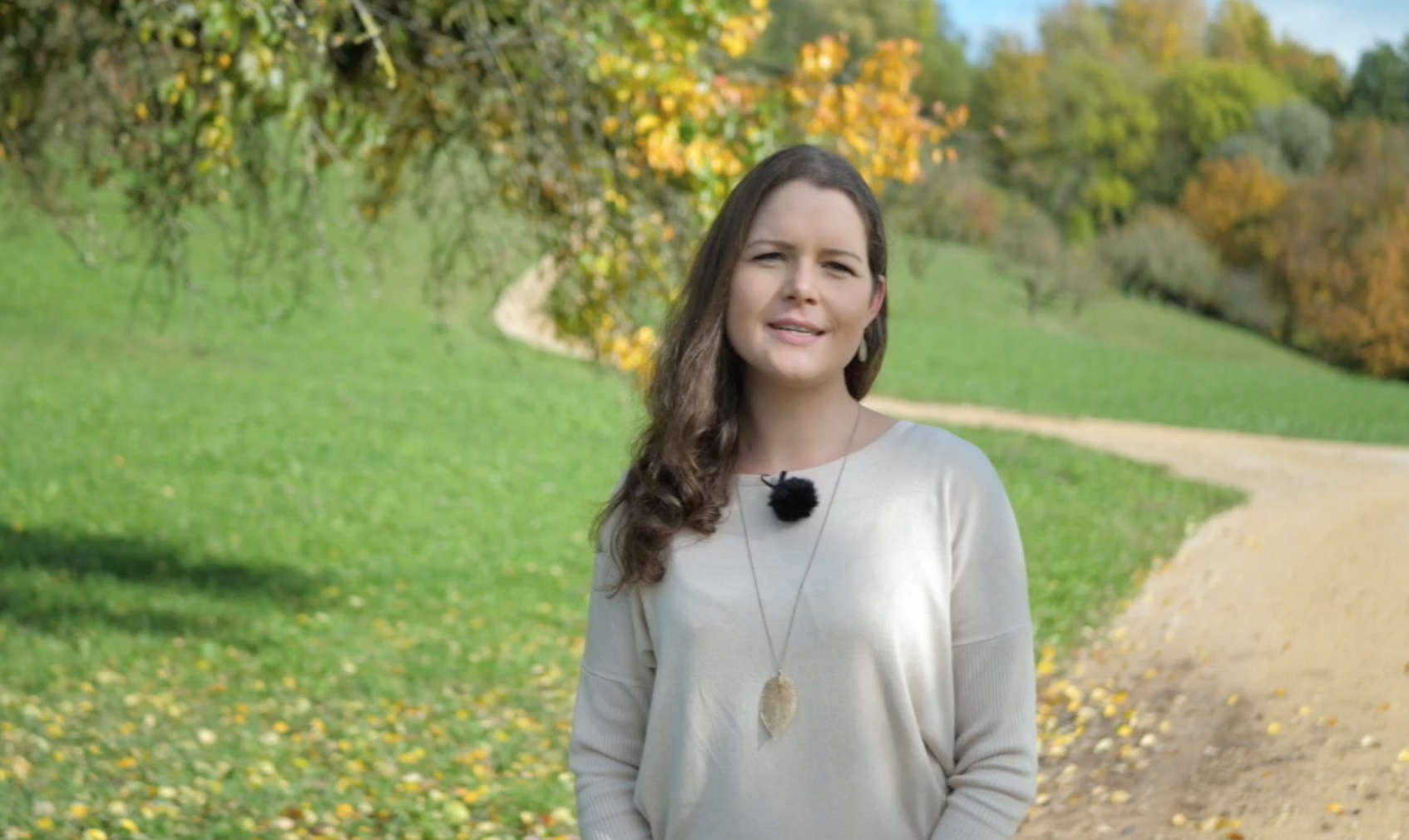
Please tell us about your career to date.
My name is Manuela Gehrig and I have been self-employed in the field of animal communication for a year now. I took my first animal communication course four years ago. For me, this is a language that I have known all my life. I was able to rediscover and refine it.
What courses have you completed at Dolittle?
I attended the distance learning course in animal communication at the Dolittle Academy. I opted for this type of course because I have a long way to travel to Gipf-Oberfrick and I am also training to become an animal health practitioner. This makes it easier for me to organize my study time. In my opinion, distance learning has many advantages for people who are self-disciplined and able to take responsibility for their own learning.
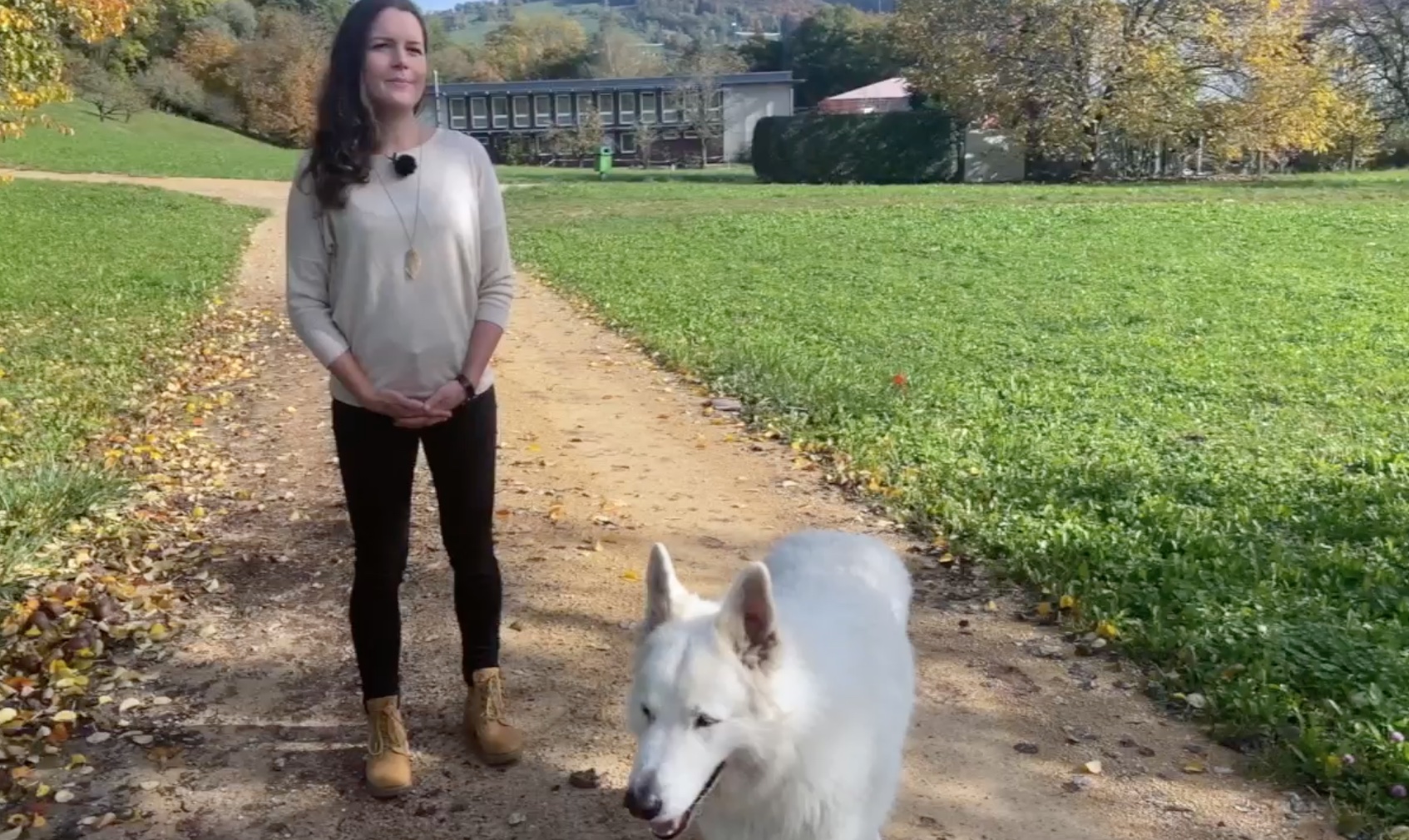
Why did you choose the Dolittle Academy?
I chose Dolittle and Tanja Bärtschiger because she has a lot of experience in the field of animal communication and spiritualism. She immediately came across as likeable and competent.
What is most important to you in animal communication training?
Training in animal communication always involves a certain amount of work on yourself. Tanja also offers several meditations during the course. These are a key experience for me and I am happy to be able to meditate again and again. That was almost the most important thing for me.
What do you like best about the distance learning course?
What I like best about the distance learning course is the high degree of flexibility. Despite having already attended several courses in animal communication, I can still learn a lot of new things on the annual course. There is always room for questions and discussions with other participants. I like many aspects of the distance learning course.
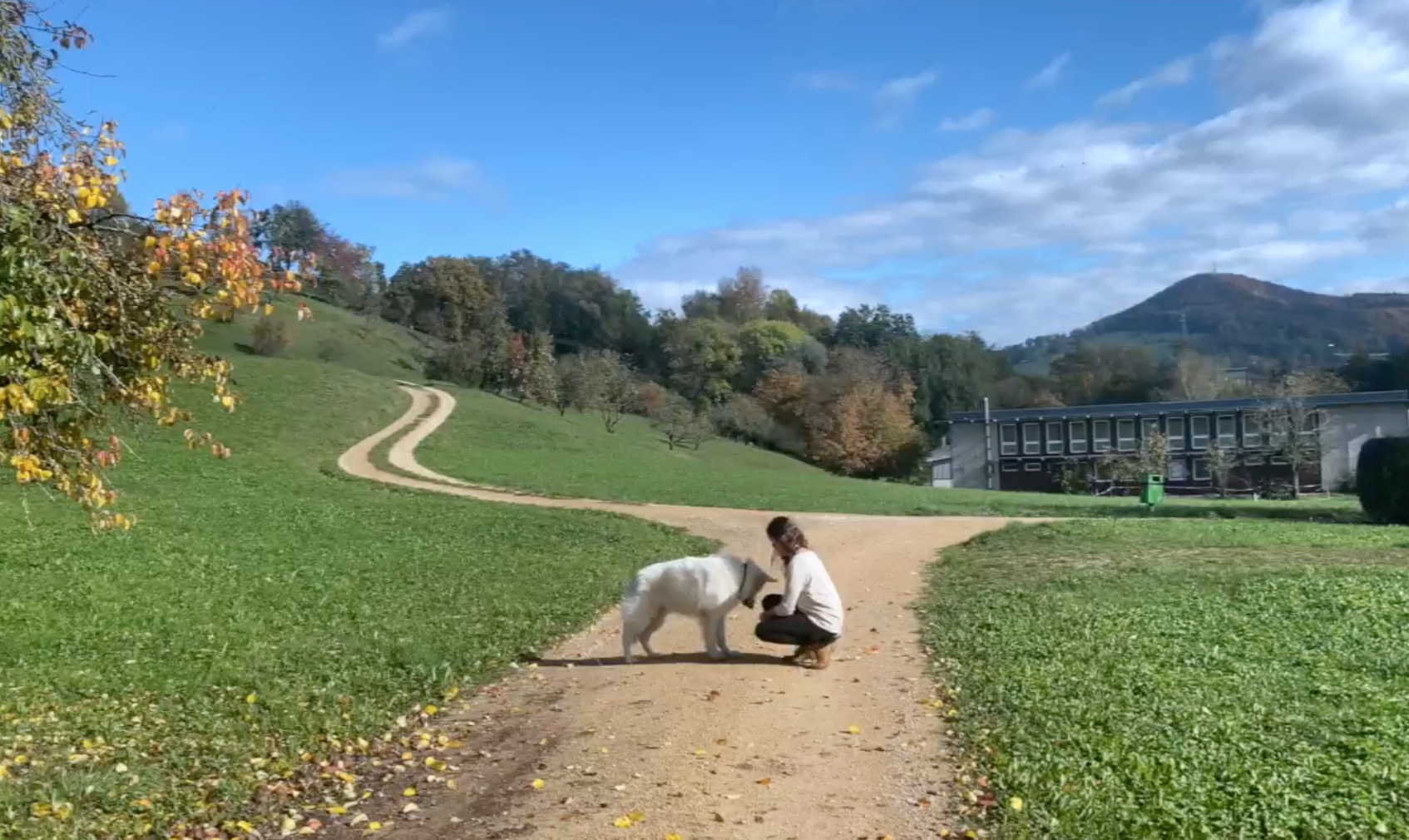
What did you gain from the training?
I completed the training with the aim of being able to offer serious animal communication. But also to gain more in-depth knowledge and to be able to join the association. This association affiliation is a mark of quality for my clients. I have gained additional confidence in my knowledge as an animal communicator. I have learned more about myself, as well as about animals, communication and spirituality. It has further strengthened my approach to communicating with animals on various levels. For me, this is all part of being able to offer serious and profound communication.
Who would you recommend the distance learning course in animal communication to?
I recommend the distance learning course in animal communication to people who can learn well on their own. Those who can manage their time well on their own. Course participants should enjoy animals, go into depth with themselves and want to get to know themselves better. In my opinion, you can also learn more about life through animal communication.
What does animal communication mean to you?
For me, animal communication takes place in everyday life between every animal and its owner. Or between all people who are open to animals in general. Anyone who is interested in finding out more about animals than what they see and hear, i.e. also perceiving something through other senses.
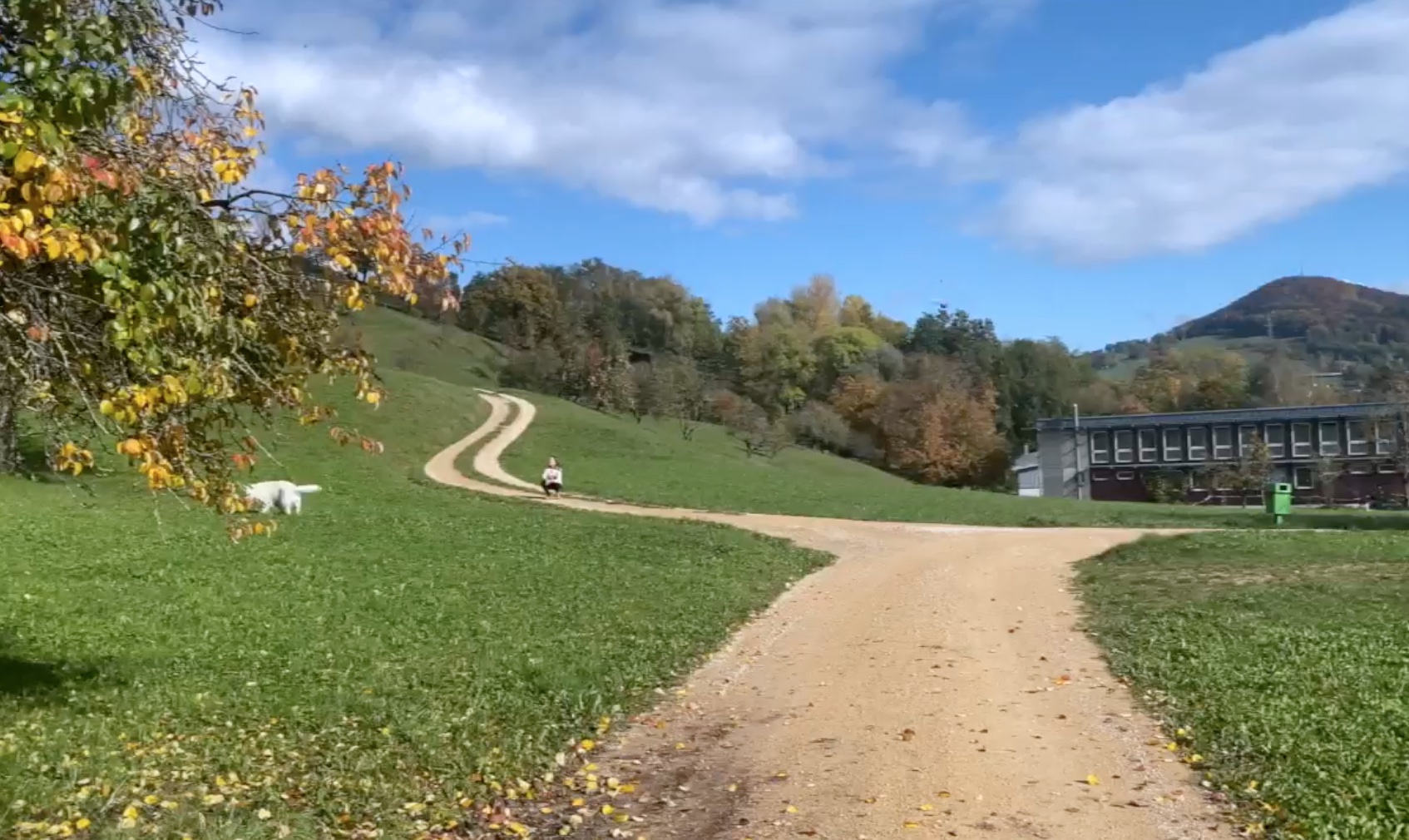
How does animal communication work? How can we imagine it?
The most important thing is to be a grounded animal communicator. To do this, you need to be with yourself and feel yourself well. This state is brought about through an attunement to ground, cleanse and protect. By moving into the feeling of the heart, I make contact with the animal through its date of birth, picture and name. This is always based on mutual respect. The animal must first show its willingness to make contact. We only communicate to the extent that the animal is able to do so and approaches us. That is also the most important thing for me. Questions are asked. If desired, a body awareness or shakra analysis is also carried out. On the basis of the communication report that I send to the owner, further questions or requests for clarification sometimes arise. This is roughly how an animal communication works. I can then make appropriate treatment suggestions, for example from complementary medicine.
What kind of animals do you communicate with?
In everyday life, I usually communicate with pets such as dogs, cats, horses, rabbits and even cows. A snake was something special for me, but more because I otherwise rarely had anything to do with snakes. Communication with wild animals in nature is special for me. At first I couldn't really classify the messages from wild animals. Animal communication is similar with every animal. Some are more instinctive, others are more conscious - but that's not really the point.
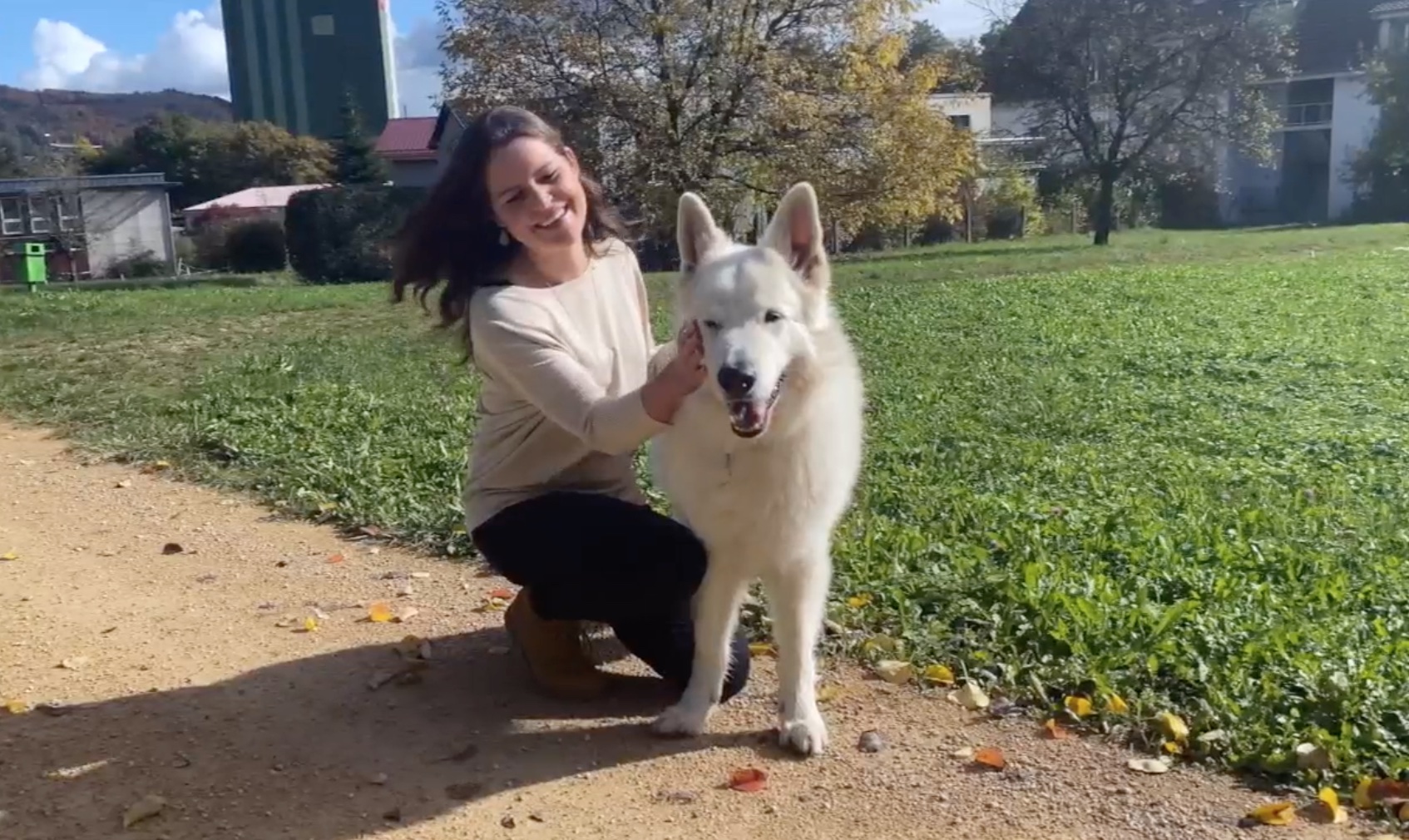
So how do you receive such a message?
In the beginning, I perceived the messages primarily through feelings and images. In the meantime, other senses such as hearing and my own body perceptions have been added. All of the human senses can be used in animal communication.
Do you have a particular example?
It is particularly special for me when animals are impatiently waiting for their communication. So I have already received an order and agreed a date with the owner. I therefore know the animal, but have not yet actively contacted it. Some animals therefore become impatient and keep contacting me because they want their turn straight away. Another example of this for me is body awareness. I can feel on my own body what the animal is feeling. For example, when an animal had difficulty breathing or back pain, this was transferred to me. Differentiation is very important here. You need to consciously establish a connection and then clearly separate the existing connection.
Is there a decisive experience or confirmation?
A colleague had informed me during training about the disappearance of her cat. The cat had been missing for five days and would otherwise never stay away for so long. I then offered to tell her that the cat was missing. I was still quite inexperienced in animal communication at the time. Nevertheless, I was able to make contact with the cat and she told me in surprise that she hadn't been aware of the long absence. I then told her to go home if she could. The cat was back home within 10 minutes. Another example was a dog in which I perceived spots as illness through subtle perception. A month later, the dog had developed an illness that had to do with spots in its coat. In principle, however, every communication is special and contact with every animal is different. You learn something new with every animal communication.
How do you find working with Tanja Bärtschiger as a supervisor and lecturer?
In the distance learning course in animal communication, we have different learning objectives in each of the ten modules. We also receive information on a structured approach to working through the modules. We meet four times a year to practice and practise what we have learned at home together. This also provides a good exchange within the distance learning class. It also helps you to recognize where you are and where the others are. You recognize where there are problems. We are also in constant contact via a WhatsApp group. This allows participants from different parts of Switzerland to benefit from each other. Tanja can also be contacted by e-mail or text message at any time if necessary. At the end, we will write a dissertation and then present it.
Were there any specific challenges for you?
There is always a challenge in animal communication when your own senses are developing. For me, this feels like driving on a "gravel road", it's bumpy and I don't really know which way to go. It's difficult for me to keep my confidence at this moment. I try to calm myself down and tell myself that everything will be fine. It's important to realize that it's your turn and to accept this as part of the development. That was a challenge for me. However, there was another challenge for me. I am a person who likes to have everything backed up by facts and do everything one hundred percent right. In animal communication, however, there is no evidence, nor can you ever get everything right. Accepting this and accepting the positive feedback from owners was really difficult for me at the beginning and is still sometimes difficult today.
What is important to you in your animal communication service?
It is very important to me that my animal communication services are holistic. That is why I am also training to become an animal healer. People as well as animals and other beings consist of different levels. The most important ones for me are Soul, psyche and body. It may be that a body is ill, but the cause lies in the soul. Therefore, two levels must be treated simultaneously or one after the other. The treatment can be supported with natural healing methods. This results in a complete offer for the treatment of illnesses or everyday problems.
What else sets you apart from other animal communicators?
What sets me apart from other animal communicators is my closeness to nature. I need this and I seek it out again and again to ground myself. That is my foundation. Otherwise, everyone is different anyway. That's why there is only good cooperation between animal communicators and no competition. Animals and people who have the right chemistry automatically find each other. This is also the case with animal communicators, owners and animals. You can then work well on this basis.
What is the benefit for your clients?
Through my experience and my experiences with my animals, I can confirm that animal communication can lead to a very deep understanding of each other. For example, a competition rider can find out why his horse is behaving anxiously or stormily. Or cats can get along with each other again because they have talked about what has been going on between them. Owners can also understand and change unnoticed misbehavior. For me, animal communication is always something like a translation in which I act as a mouthpiece, passing on honest, respectful and unfiltered information between people and animals. Because even if I don't understand the information myself, the two people it concerns understand it. The benefit lies in mutual understanding and, in the best case, in improved health or optimized behaviour. Both bring improvements for humans and animals.
